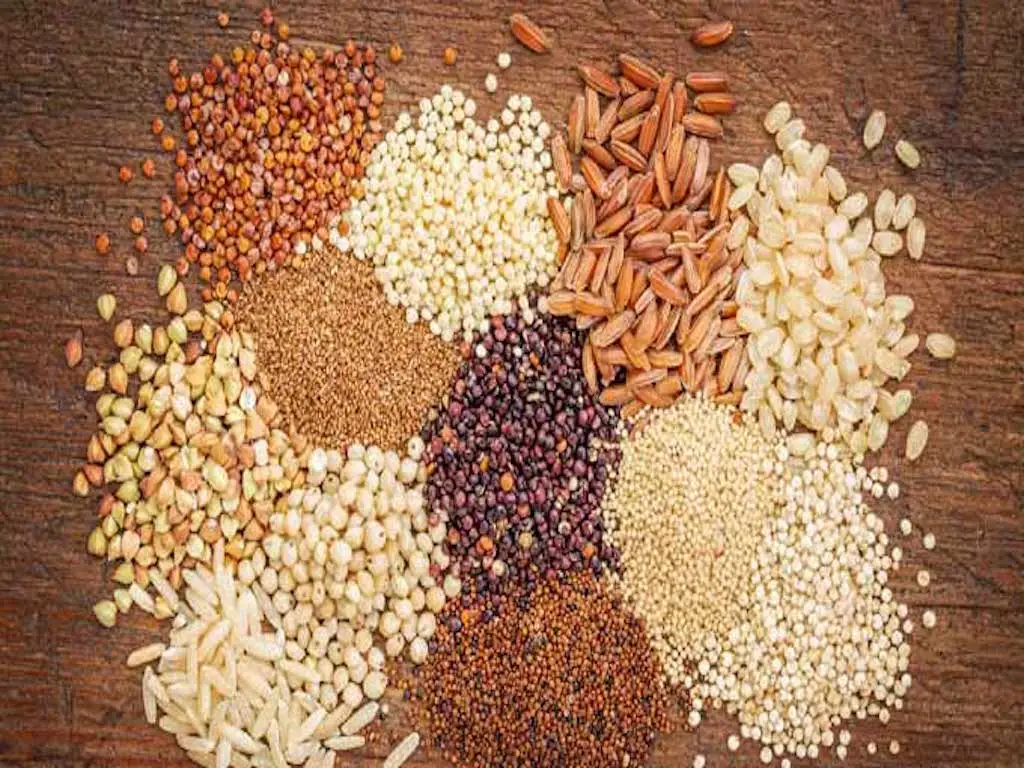What is a Millet?
Millet are a group of small-seeded grasses that have been cultivated as food crops for thousands of years. They are known for their nutritional benefits, rich in vitamins, minerals, and fiber. Common millets include sorghum, pearl, finger, and foxtail millet. During winter, people may face challenges related to cold weather, reduced sunlight exposure, and a higher likelihood of illnesses like colds and flu. Seasonal health involves adopting practices and making dietary choices that support the body’s needs during a particular season.
Incorporating millet into one’s diet during the winter season can positively impact health and well-being. It implies that it offers specific advantages or nutritional benefits that are particularly relevant and beneficial during the colder months, addressing seasonal health concerns and promoting overall wellness in winter.
Types of Millet grown in India
There are several types of millet, each with its own unique characteristics and nutritional profiles. Here are some common types of millets.
Pearl Millet (Bajra)
Also known as Bajra, pearl millet is one of the most widely cultivated in India. It is a rich source of magnesium, Iron and phosphorus. Pearl millet or Bajra is often used in various cultures in flatbreads, porridge, and traditional dishes.
Bajra is a warm-season grain that is often consumed in winter. It’s used to make hearty flatbreads (rotis) and porridge, providing a good source of energy and warmth. Here’s a simple recipe for making Bajra Roti (Flatbread):
Bajra roti or flatbread
Ingredients:
- 2 cup bajra (pearl millet) flour
- 1 cup boiling water
- Salt to taste
- Ghee or oil for cooking
Instructions:
- Preparing the Dough:
- In a large mixing bowl, add bajra flour and a pinch of salt.
- Gradually add the boiling water to the flour mix with a spoon and keep it covered for 10 minutes. After 10 minutes knead the mixture with your hand to form a firm dough. The consistency should be firm enough to roll into rotis.
- Dividing and Shaping:
- Divide the dough into small lemon-sized balls.
- Take one ball at a time, flatten it slightly, and dust it with bajra flour.
- Rolling the Rotis:
- Using a rolling pin, roll out each portion into a round, flat disc. Aim for a thickness similar to that of regular wheat rotis.
- Cooking the Rotis:
- Heat a tawa (flat skillet) on medium heat.
- Place a rolled bajra roti onto the hot tawa. Cook until small bubbles start to appear on the surface.
- Flipping and Cooking:
- Flip the roti using a spatula, and cook the other side. Apply a little ghee or oil on both sides during the cooking process.
- Serve Hot:
- Once cooked, remove the bajra roti from the tawa and serve it hot.
- Bajra roti pairs well with various Indian dishes, such as dal (lentils), sabzi (vegetables), or yogurt.
Enjoy your nutritious and wholesome Bajra Roti! Feel free to experiment with the thickness and size of the rotis based on your preference.
Finger Millet (Ragi)
Finger millet is a gluten-free grain that is rich in fiber and low in glycemic index. Ragi is a versatile grain that can be consumed in various forms such as porridge, upma, dosa, or as flour added to soups and stews. It’s rich in calcium and iron, making it a beneficial choice in colder months.
